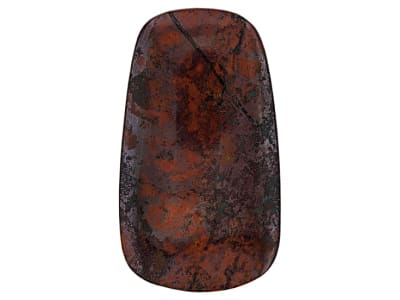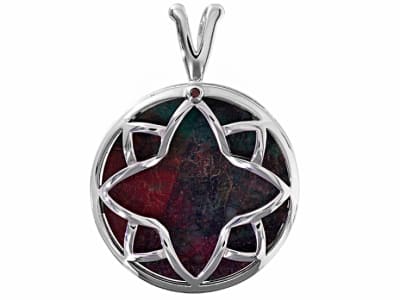Cuprite is a secondary mineral formed by the oxidation of copper sulfide veins. It is commonly found with native copper and malachite, and forms as both transparent red and lustrous, submetallic crystals. Transparent crystals may be faceted if large enough, but specimens are also commonly displayed as a glittering bed of crystals.
General Information
Common Name
Cuprite
Species
Cuprite
Transparency
Opaque-Transparent
Refractive Index
Over The Limit 2.849 Tolerance: (+0.001/-0.0010)
Optic Character
NA
Polariscope Reaction
Singly Refractive (SR)
Fluorescence
SWUV: inert
LWUV: inert
LWUV: inert
Pleochroism
None
Hardness
3.5-4
Streak
Brownish Red
Specific Gravity
5.850-6.150 Typical:6.140
Toughness
Poor
Luster
SubAdamantine, Dull, Metallic
Fracture
Conchoidal, Uneven
Cleavage
Poor, in two directions
Chemical Name
Copper Oxide
Chemical Formula
Cu2O
Crystal System
Cubic
Chemistry Classification
Oxide
Cuprite Colors
-
 Black
Black -
 Multi-color
Multi-color -
 Red
Red
Cuprite Spectra
We acknowledge the significant scientific contributions of John S Harris, FGA to the study of gemstone spectra and with deep appreciation to him, acknowledges the use of his images and related notes about gemstones and their spectra in the educational materials on this website.
Countries of Origin
Unknown; Namibia; United States of America; Mexico



